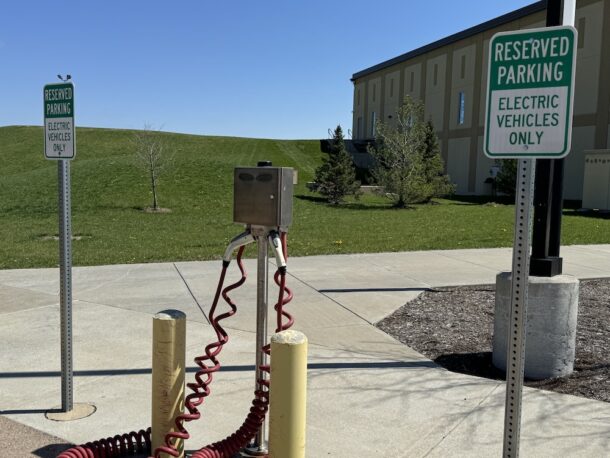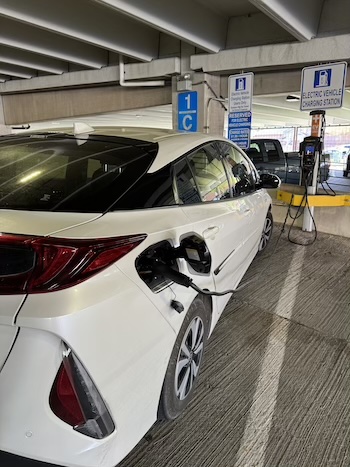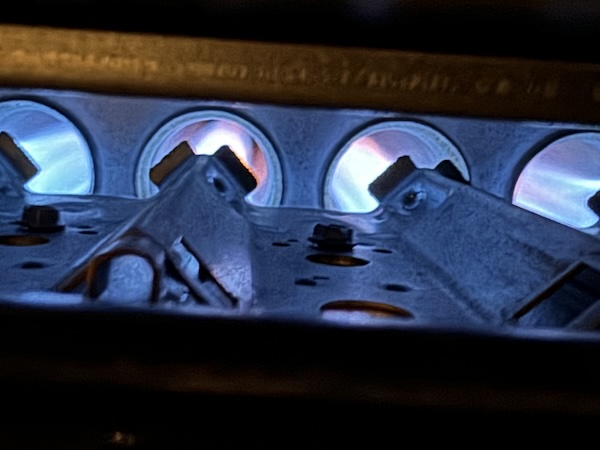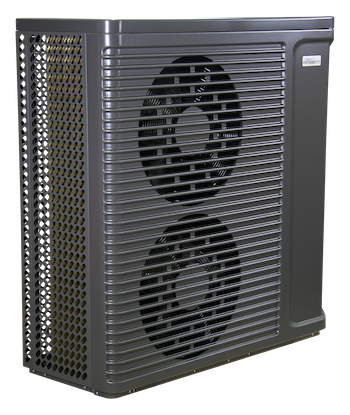As the move to electrification accelerates, and more state mandates are put in place, more questions arise relating to the highly-talked-about subject. Are we moving too fast? Is the move economically viable? Do we have the proper infrastructure in place to support such initiatives?
According to Chuck White, Vice President, Regulatory Affairs PHCC—National Association, in some circles, the movement toward electrification will continue but it remains to be seen at what pace. “The industry can only manufacture so much product and there is only so much electrical infrastructure. It also remains to be seen whether the average consumer in a retrofit scenario can afford the costs related to fuel switching. Lastly, from a heating perspective, cold climate heat pumps must become mature products with a track record of reliable performance. Heating energy benefits from heat pumps will be greatest in the cold climates, poor performance, poor reliability, or high operating costs in cold conditions will impact consumer trust.”

There needs to be better collaboration between state legislators and electric utility companies to improve the overall grid capacity, says Mike Prencavage Jr., President/Owner – The Family Plumber, Los Alamitos, Calif. “Currently most local and state regions are at max power capacities. Add in varying conditions such as weather or EV charging across the nation, most communities would experience rolling blackouts on a regular basis if these electrification mandates were implemented without energy supply being increased.”
Infrastructure Questions
As it relates to California and New York, which are two of the states pushing the hardest to implement these electrification standards quickly, says Prencavage Jr., power companies are struggling as it is to keep the power going to homes across the state let alone add anywhere from 20-30% more demand to the grid. I don’t believe our current infrastructure can support the quickly moving legislation happening across the nation.
 White says that the only logical way to move in this direction is to have electrical power come from renewable sources, maybe not 100%, but much higher than the current mix of generation sources. “If you look at the Energy Information Agency’s generating data for states, it is clear that significant new amounts of non-fossil power must be generated. That situation is for today’s business as usual, if one were to take only the heating energy derived from fossil fuels and move it to electrical sources, the demand for additional power skyrockets, add in EVs and it gets much worse.”
White says that the only logical way to move in this direction is to have electrical power come from renewable sources, maybe not 100%, but much higher than the current mix of generation sources. “If you look at the Energy Information Agency’s generating data for states, it is clear that significant new amounts of non-fossil power must be generated. That situation is for today’s business as usual, if one were to take only the heating energy derived from fossil fuels and move it to electrical sources, the demand for additional power skyrockets, add in EVs and it gets much worse.”
Today’s generation and distribution grid will need to change, perhaps that is adding transmission infrastructure or distributed power. “Maybe there is a new idea hiding out there that our physicists haven’t thought of, I’ve heard folks compare it to the urban legends of big business holding back on that 200-mpg carburetor (remember carburetors?). I do believe that if we woke up tomorrow and everything had moved to electric sources, we could not operate business as usual,” says White.
Feasibility
And, there is the question of economics. Is moving to one fuel source economically feasible? What I have learned in my time working in regulatory affairs, says White, is economic feasibility is in the eye of the beholder. There are a lot of factors that one could tap into to adjust the analysis. “On a micro-scale, for a single client, in warmer climates, it’s pretty feasible. Growing from that point, I think it becomes harder to justify. Heat pumps have some price premium, and while they offer efficiency tied to their COPs, the difference is the delivered cost of energy from various sources. Heat pumps replacing electric resistance heating is a slam dunk, but that is not so true when replacing natural gas,” says White.
Prencavage Jr. surmises that while funding for initiatives must come from somewhere, “what most homeowners would expect to find is that as the cost of electric products in the marketplace go down the cost of energy supplied by utility companies over the long-term to run those appliances will go way up. These utility companies, unless subsidized by government grants will ultimately extend all cost for grid upgrades directly to the consumer at a premium.”
White generally concurs, saying, “It is commonly put forth that the price of electricity will go down as we move to renewables, but there is a lot of infrastructure to pay to install and maintain, it seems counterintuitive, perhaps naive to think any form of energy price will go down. At the end of the day, each job is different, some will be more feasible than others, the factors should be considered case by case.”
Fuel Choices
Piggybacking back off of the opinions above, are multiple fuel choice options still a responsible path in today’s marketplace? Most contractors want to do what is best for their clients. It is important to understand the local conditions, what utility rates are in play, what construction types are typical, and what performance clients expect and demand.

“Having a one-size-fits-all situation takes away those important evaluations. Also, remember that heat pumps are not something new from last Tuesday. Established contractors probably have experience with products from years ago, and it is true technology has improved, but higher levels of technology do not always make products foolproof. Consumers should have options and information to make informed decisions about their comfort products,” says White.
Prencavage Jr. cautions against the one-size-fits-all scenario. “There are multiple fuel options currently available or under development for nationwide distribution; however, legislators are extremely fixated on electric only initiatives which I believe is horrible for homeowners. It creates a monopoly amongst the electric utility companies to charge whatever they want in the future for electric energy services. The energy sector must stay a competitive marketplace.”
Hello Heat Pumps, My Name Is
 Finally, with all of this push toward electrification, are customers looking at heat pumps, for example, for their future comfort? “Here in California, clients are becoming more educated on heat pump technology, as we are seeing more clients today requesting units to be installed in their homes,” says Prencavage Jr. “Education on heat pump technology, as it relates to where the units can be installed in a home, often deters clients from having them installed to begin with. It would be advisable that all plumbing companies train their technicians to discuss installation requirements properly with customers before installing new units in their homes.”
Finally, with all of this push toward electrification, are customers looking at heat pumps, for example, for their future comfort? “Here in California, clients are becoming more educated on heat pump technology, as we are seeing more clients today requesting units to be installed in their homes,” says Prencavage Jr. “Education on heat pump technology, as it relates to where the units can be installed in a home, often deters clients from having them installed to begin with. It would be advisable that all plumbing companies train their technicians to discuss installation requirements properly with customers before installing new units in their homes.”
From the contractor’s perspective, White has often said, “If you don’t know about heat pumps, you better learn.” Heat pumps are a growing market sector. “PHCC has members in states where this is today’s reality, they must be prepared. Consumers are also showing interest across the country, for the first time, according to AHRI data, heat pumps have exceeded gas furnace sales.
“I, myself am somewhat removed from the times when I talked to clients but when I speak at events, I ask for a show of hands for those seeing increased demand for heat pumps. The responses vary depending on where I am in the country but for the most part members are seeing more interest. As professionals in the industry, PHCC members seek to be the go-to resource for their clients. If this is what a client wants, PHCC members should be the very best choice,” says White.



